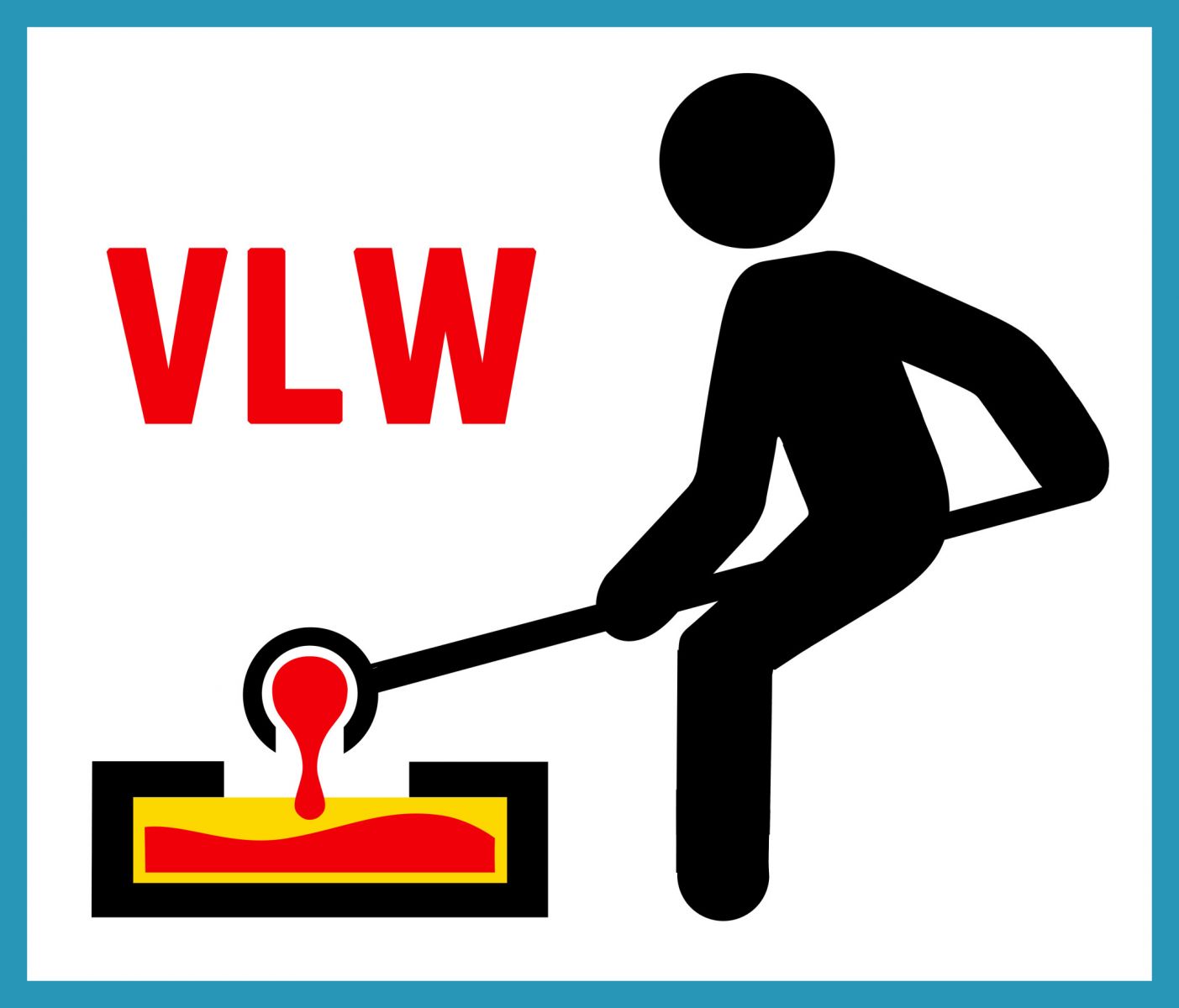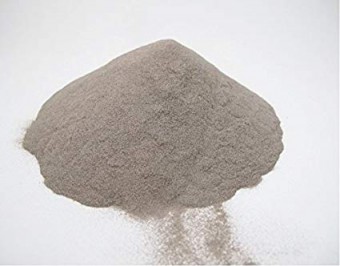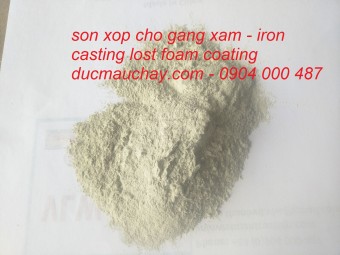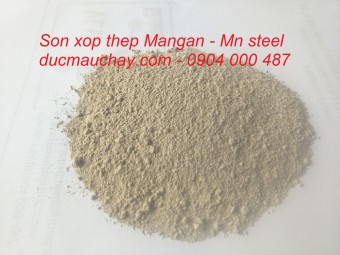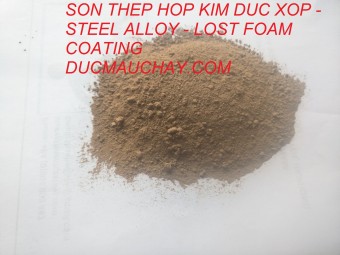EVA MÀNG PHIM ĐÚC CHÂN KHÔNG
Giá : LIÊN HỆ 0904 000 487
- Mô tả sản phẩm
Principle
In 1654,Magdeburger carried out an interesting experiment that a pair of vacuum hemispheres can be tightly pressed together and people use 8 horses can be able to make them separated. This experiment shows us the of energy of barometric pressure. In this paper, what we called v-process casting technique is based on this principle.
History
V-Process Casting was developed and patented in Japan in the late 1970’s. Since it was introduced into China since the 80’s, the technology obtained rapid development.
The V of V-process stands for “vacuum”. The process is significant for its vacuum process to change the shape, pouring and chilling of dry and unbounded sand. Product can easily be taken out of it’s cast by putting it in normal pressure. This process is better than the the conventional simple (CO2) molding process compared by cost and quality aspects as well as its flexibility to realize complicated shapes by casting, and is highly valued by our clients.
Now, in China, v-process casting technique is used on many castings. Cast iron, cast steel and cast aluminium alloy etc.
The main process are as follows:
1. The pattern is fastened to a hollow pattern carrier. The pattern has numerous vent holes around the edge of the pattern and other critical areas. These vent holes are directly connected to the vacuum chamber of the carrier. When the vacuum chamber is placed under a negative pressure, air will be drawn down through the vent holes and into the vacuum system.
2. A plastic film about the same size as the pattern carrier is heated until it becomes soft. This film is 0.04mm to 0.18mm thick, with good elasticity and a high plastic deformation ratio.
3. Once the film has softened, the vacuum suction is applied to the pattern carrier. The softened film is draped over the pattern, and the suction, acting through the vents, draws the film down. So it adheres closely to the pattern.
4. With the vacuum suction still applied to the pattern carrier, the flask is placed in position around the pattern on the top of the plastic film. Note that the flask is a double wall construction and that the flask walls screened vents to permit air to be sucked into the vacuum chamber. Large flasks will have hoses across the flask, also connected to the vacuum chamber.
5. The flask is then filled with dry, unbounded sand, and vibrated to compact the sand to maximum density.
6. The top surface of the mold is then covered with plastic film. It may not be necessary to soften this piece of film. The figure illustrates a cope mold, with the pouring basin being formed by hand and connected to the down sprue. A drag mold requires only a leveling operation prior to placing film.
7. Vacuum is then applied to the flask, and the vacuum is released from the pattern carrier. Atmospheric pressure then hardens the sand in the mold, retaining the shape of the pattern. The mold is then stripped from the pattern.
8. Both cope and drag molds are made in the same manner. The cope is closed on the drag and the two section clamped together. The entire cavity is plastic-lined. The mold is then poured. During pouring, the molds are kept under vacuum.
9. After cooling, the vacuum is released, and the sand and castings fall out without shaking or vibration. There are no sand lumps and little or no burn-in. The sand is cooled and return to the system for reuse. The casting is removed for cleaning.
Advantages
1. High accuracy— net shaping
High dimensional accuracy and low machining allowance save cost to a great degree.
Zero draft and thin-wall capabilities which can also save lots of cost.
2. High quality— good surface quality
Low coarse improve tired life and assembling accuracy. If controlled well, v-process casting surface quality can be good as investment casting.
3. High quality— little/noun flaw and low foundry stress
For thin wall cast steel casting with complicated structure. V-process casting offers better solution than resin sand and sodium silica sand comparing all factors;
4. Low cost— request of market competition
Dry sand no binders ,sand circulation easily and little waste; low labor strength lead low labor cost; low wear make pattern cost low; low environmental cost.
5. Environmental— request of modern industrial
No harmful gas and wastes; dust from dry sand and noise from vacuum pump are main pollution factors, but easily controlled. Investment for environmental equipment will be low in future foundry shop.
6.Low labor strength
Molding relaxedly and shaking out easily.
Speciality of v-process
1.The sand in v-process casting technique is dry and unbounded sand, with no water, which is the biggest characteristic of v-process casting technique. It not only made the sand dealing system simple, but also reduce the pollution to the environment, making the green foundry come true. But the sand we use in the v-process must have a rea- sonable screen distribution and different alloy with different sand screen distribution. If you don’t know how to choose the best sand or sand screen distribution, you can contact with us.
2.Vacuum system is the core of the hole system. We need use the vacuum to cover the film, to make the mold and to stabilize the mold when pouring. When “shaking out” , we also need use vacuum to move the molds. So, it is of vital importance to design a reasonable vacuum system. The engineers from Jian Heng have rich experience in vacuum design, if you have any problems, please don’t hesitate to contact with us.
3.The equipment characteristics: The patterns usually made by wood or polyurethane material and because of the smooth film can be removed easily from the pattern surface. The sand deal system is more simple than other process, because of the dry unbounded sand, what we need is to cooling and screening the sand. Another impor- tant difference is the flask. In v-process, the flask act as a part of vacuum system. So the flask are usually double wall construction with screens on the side of the wall. When vacuum is applied, the air can evacuate through the screen and the mold would become hard.
4.The pouring characteristics: The flowing performance is better than other process because of the vacuum system. When pouring, the film and the coating gasify quickly, so you can find that when pouring the gas drastic overflow from the gas hole. But the gas maybe bring many defects to the castings, and some of these defects is special for v-process castings. We have studied on these defects for long time and if you encountered with such problems maybe you can ask us for help. After pouring, the cooling speed is slower than other process because of the lower heat conduction of the dry sand, so the internal organization is different with castings produced by other process. The difference of the internal organization can bring many good influence to some special castings, for example, last year we have made a big progress to made the lifetime for a certain castings extend 30%.
5.The casting characteristics: High dimensional accuracy with excellent casting surface, so many kind of castings have no more need of machining. Also there are many special casting defects in v-process but can’t appear in other process, for more information about this, please contact with us.
Application Field
Now there are many castings began to use v-process casting technique in China. There are many typical products which representative the develop of v-process casting technique in China.
1.medium-big castings with some quality previously casted by chemical binder sand especially ester-hardening water glass sand and resin sand,co2 water glass sand
advantage: production,cost,environment,
labor strength,quality
2.castings with some quality but still little or dimensional big for high pressure molding line but hand-molding can not offer a good quality;
advantage: labor strength,quality
production,environment,
3.castings with little even single quality but have high requests on surface coarse or dimensional accuracy or machining;
advantage: surface quality,dimensional accuracy,machining,environment,
For more information, I advice you to visit our web:
Development and Progress of V-process Casting in Vietnam
Cast iron casting technical cases by V-process
Cast steel casting technical cases by V-process
Nonferrous alloy casting technical cases by V-process casting technique
Wear-resistant casting technical cases by V-process
Equipment and Foundry materials :
V-process casting equipment usually can be divided into different systems: molding system, vacuum system, sand treatment system, water-cycling system and pouring system etc.
According to the complexity of the production line, we usually divided them into simple production line and automatic production line.
Now, in China, there are different firms that can produce different lines with different technical level. So, if you want to choose a v-process line, you can contact with us.
We are also devoted to design the v-process lines and single equipment for our customers according to their desire, and upgrading of their production lines.
Some important unit equipment are as follows: flasks, film heater, vibrate device, vacuum system, sand system, dust collection, stripping device and so on. These equipment are very important for a vacuum project and have direct influence on the castings’ quality.
We always study on these aspects and do a lot of experiment on the equipment. Now, we have lot of experience on designing and choosing equipment, and we have done several successful v-process project. If you want to realize more details about v-process equipment, please don’t hesitate to contact with us.
EVA film:
Usually contains 18% EVA.
The film have good elasticity and a high plastic deformation ratio, and it can be softened when heated.
When it is softened, is draped over the pattern and then tightly cover on the pattern under the effect of vacuum.
The thickness of EVA film we usually use differs from 0.04mm to 0.18mm.
For more information about this, please contact with us.
Coating:
Generally contains of four main constituents: refractory filler, binder, carrier and suspension agent.
The v-process coating can stabilize the surface sand, prevent sand cut and sand burning. Also, it can be act as a sealing layer to keep pressure of the mold.
Mold coating should be performed after adhering the film to the pattern, and then dried thoroughly.
There are different mold coating suitable for different materials. And the methods of molding coating is different. If you want to know more about this, you can contact with us.
Patterns:
Generally made by wood or polyurethane materials.
The v-process patterns should made by CNC machine and usually we design the patterns' structure and size according to actual tooling size and each pattern contains enough vents with reasonable distribution.
The typical structure sketch of patterns are as follows:
Picture of typical patterns:
About us
Vietnam Investment Casting Co.,Ltd is an integrated service company committed to the development of foundry industry. The company will strive to become a modern service industry enterprises focusing on foundry consulting,research ,technology,production, supplyment,trade,human resources and other service .
We are committed to the following activities:
- Foundry Industry Research and Information Consulting Service;
- Casting process technology research and product developing service;
- Casting engineering consulting, planning, designing and construction service;
- Casting marketing consulting and service;
- Casting production management service;
- Application technology and supplyment service for patterns and assistant material;
- Casting process equipment designing and supplying service;
- Foundry human resources and training service;

